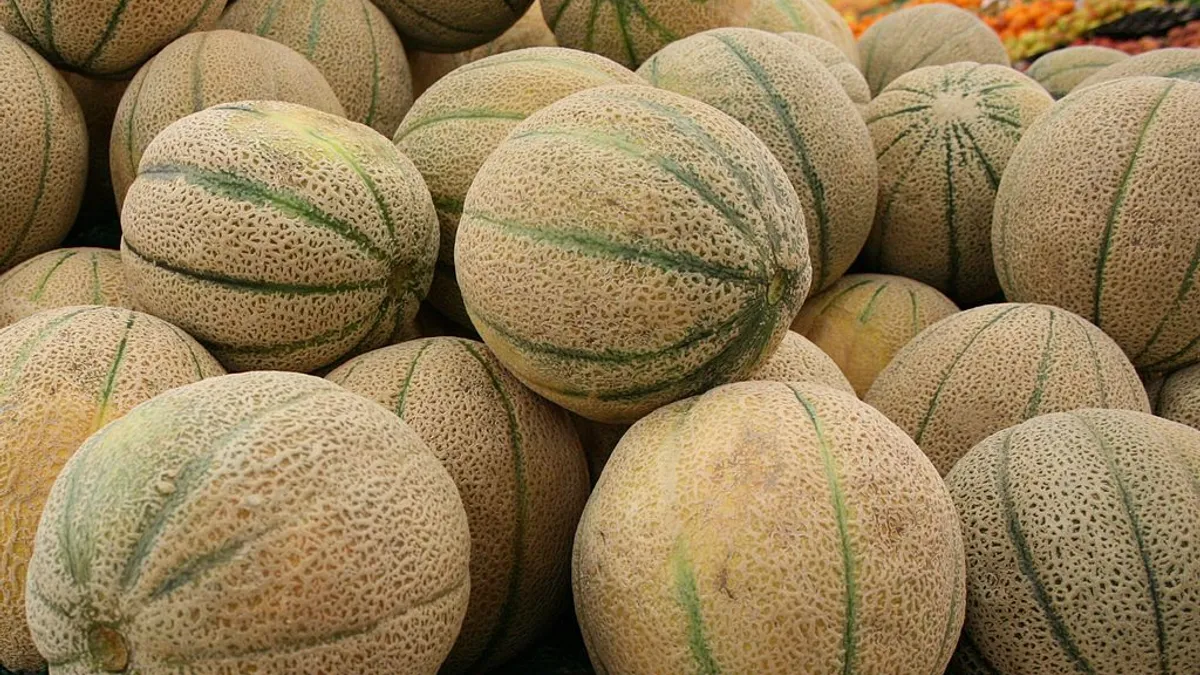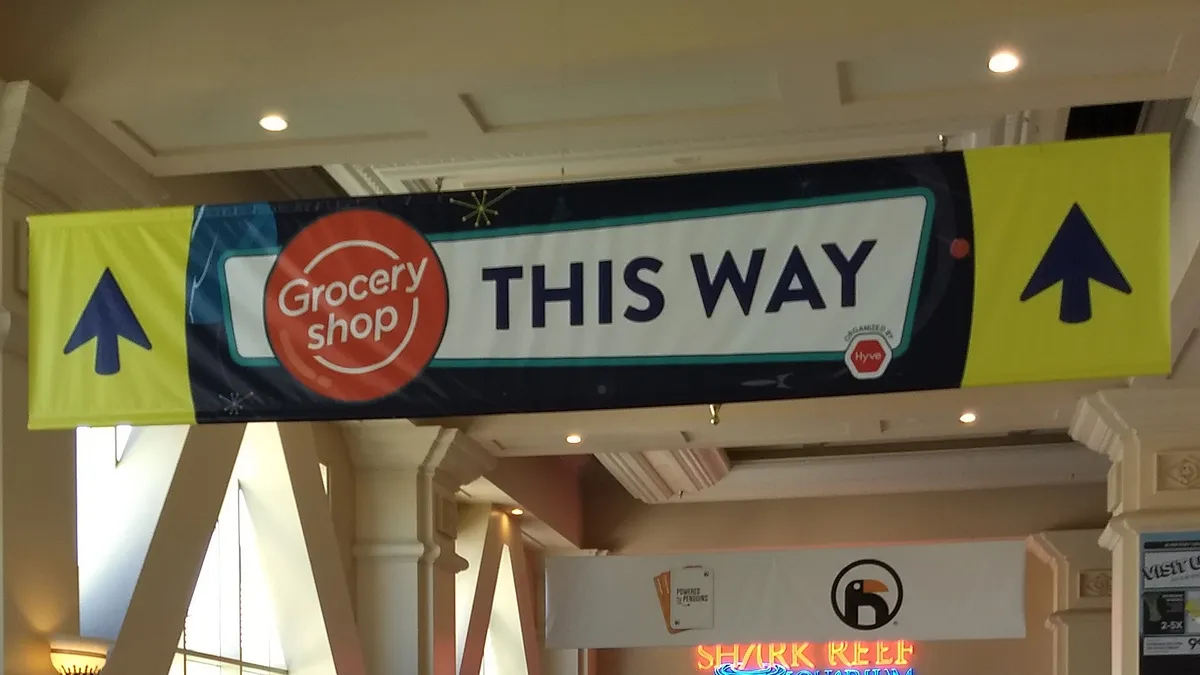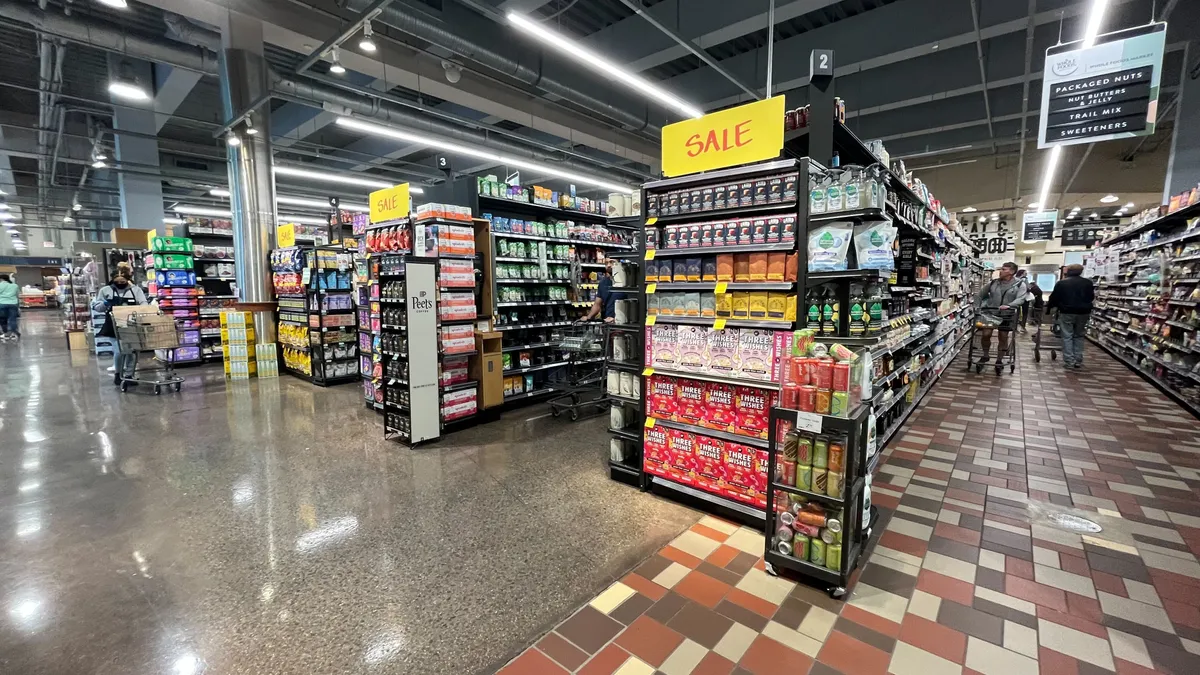Dive Brief:
- Scientists are conducting the first-ever study of how cantaloupe is handled from farm to shelf in order to identify ways deadly pathogens like salmonella and listeria might be transmitted, according to Food Safety News.
- The team has seen a high level of cooperation from growers, but so far only one supermarket has given them full access to their operations.
- In 2011, an outbreak of listeria traced to cantaloupe from Jensen Farms in Colorado sickened 147 people and killed 33.
Dive Insight:
Growers and retailers have rigorous and highly sophisticated food safety procedures in place, from sanitation to handling and in-store display. This means that the vast majority of cantaloupes and other produce items that make their way from the farm to the store are safe to consume.
But there are still flaws in the system, and it only takes one to cause a devastating foodborne illness outbreak. The Jensen Farms outbreak from 2011 was one of the deadliest ever in the U.S. Others have included salmonella contamination at the Peanut Corporation of America, which killed 9, sickened hundreds and drove the company out of business. In 2006, listeria contamination in Dole spinach killed three and sickened more than 200.
Companies no doubt are confident in their safe-handling procedures, and additional measures like electronic traceability add to the sense of security stakeholders feel. But tiny cracks can still exist, and in-depth studies like the one being conducted on cantaloupe handling are a way to identify them.
The researchers say they’re focusing in on contact surfaces and need a healthy cross-section of growers and retailers to cooperate to get a larger sense of how the industry operates. Supermarkets may be hesitating to participate because they don’t want the added inconvenience, or perhaps because they don’t feel the issue is pressing enough. They need only recall the devastation of past outbreaks to understand why cooperation is so vital.










